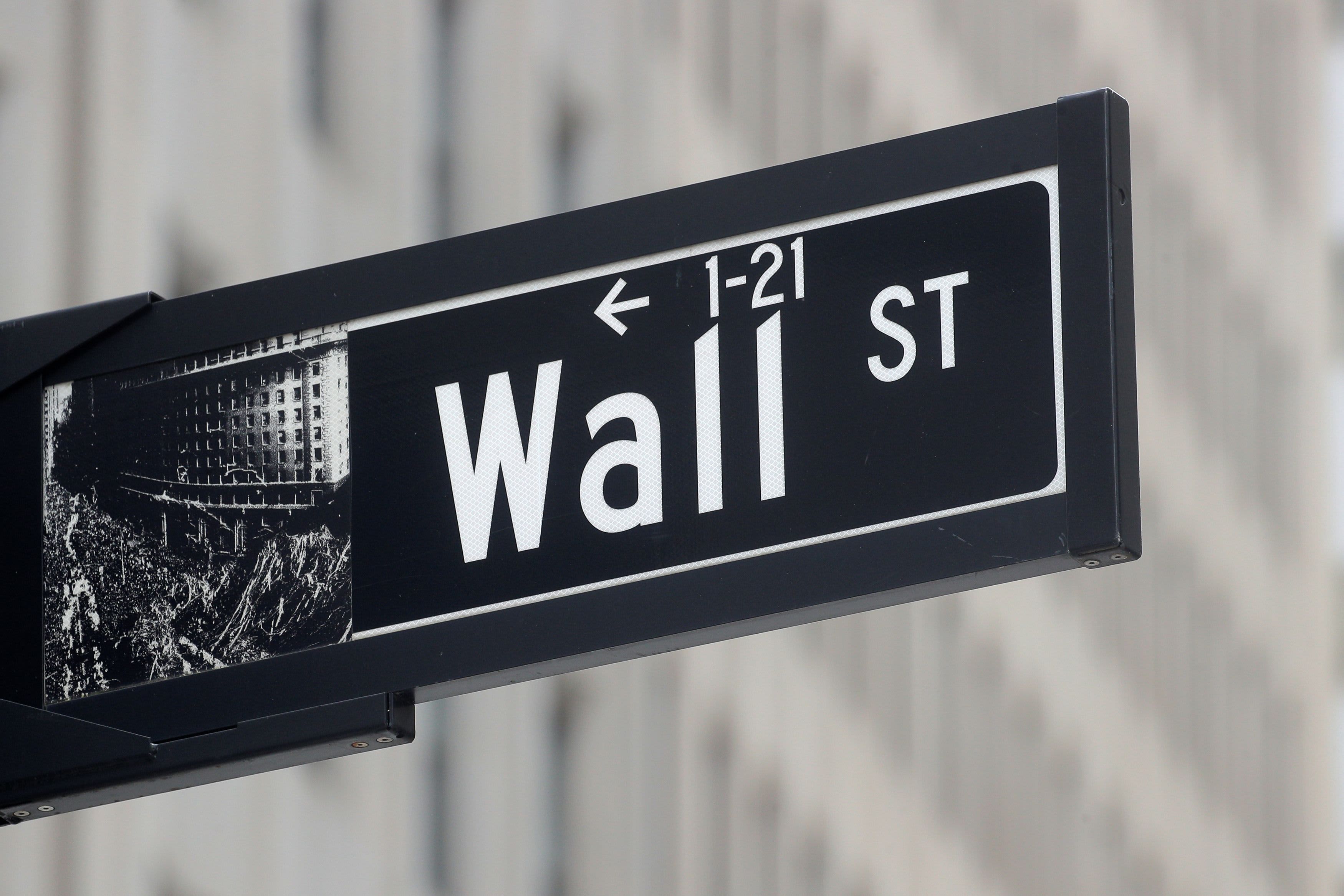Stock futures pull back after the Dow and S&P 500 set records

The Wall St. sign is seen near the New York Stock Exchange (NYSE) in New York City, May 4, 2021.
Brendan McDermid | Reuters
Futures contracts tied to the major U.S. stock indexes slipped Sunday evening as the S&P 500 hovered in record territory after last week’s modest gains.
Futures linked to the Dow Jones Industrial Average fell 50 points. Those tied to the S&P 500 dipped 0.1% and Nasdaq 100 futures lost less than 0.1%.
The moves in the overnight session on Sunday came after a mostly positive trading week punctuated by closely watched economic data and corporate earnings.
The Dow ended last week at 35,515.38, a record close, while the S&P 500 finished Friday at 4,468.00 to notch its own best-ever finish.
The blue-chip Dow and the S&P 500 rounded out the week with muted gains of 0.8% and 0.7%, respectively, amid light summertime trading volumes. The tech-heavy Nasdaq Composite underperformed week, down just under 0.1%.
The yield on the benchmark 10-year Treasury note was last seen at 1.283%. Bond yields fall as their prices rise.
Investors digested mixed economic data last week.
Perhaps the most notable reading was Wednesday’s softer-than-expected inflation report, which showed consumer prices minus energy and food rose less than expected in July. Meanwhile, the Labor Department said Thursday that weekly jobless claims came in at 375,000 last week, matching estimates and declining for a third straight week.
The University of Michigan’s sentiment read for August printed at just 70.2, the weakest since December 2011, and producer prices came in hotter than expected.
Upcoming economic data includes an update on retail sales on Tuesday, as well as housing starts and the release of the Federal Reserve’s latest meeting minutes on Wednesday.
The major stock indexes have for much of the last month ground to new records on the back of robust corporate earnings results.
Eighty-seven percent of S&P 500 companies have reported positive earnings per share surprises for the second calendar quarter. If 87% is the final percentage, it will mark the highest percentage of S&P 500 companies reporting positive EPS surprises since FactSet began tracking this metric in 2008.




